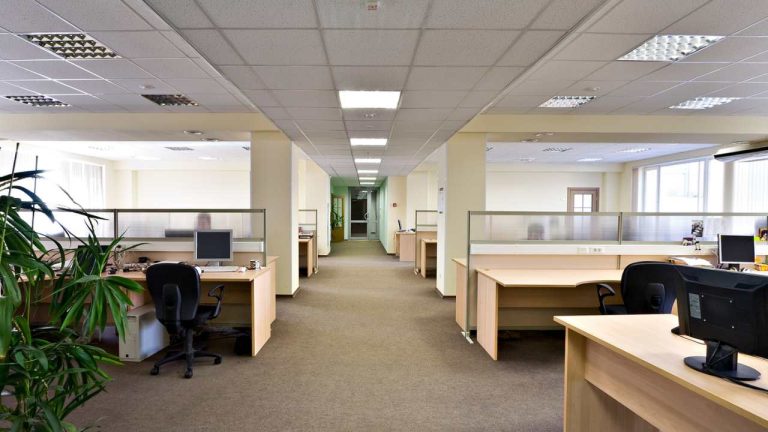A Custom Designed Tenant Retention Plan for Commercial and Retail Property
Today, in retail property and shopping centre management, the tenancy mix and profile of a property are critical to its customer base and interest.
When you get the tenant mix analysis correct, you will generate more sales and return customers to the property over the long term. That is exactly what you want when it comes to retail property performance today. A retail property asset that generates repeat business and customer interest will strengthen and underpin the landlord’s market rental. Everything is linked.
Top Tenancy Mix and Choices
When analysing the tenancy mix, it is very important to consider the overall function and performance of the property and the way in which the customers use it. Each vacant shop tenancy should not be considered in isolation but rather in balance with everything else that surrounds it.
The property’s current vacancy profile should be assessed, and then estimates should be made as to the upcoming vacancies that could occur in various locations. It is wise to look at least 12 months into the future as part of this vacancy planning process.

Tenancy Occupancy Planning
Here are some other ideas to assess the tenancy profile of your property and how it can be improved.
1: Start with occupancy documents and leases
At the very basic end of the analysis, you should be looking at the existing leases as they apply to each tenancy. That will include rent reviews, lease expiry dates, options for further terms, relocation provisions, renovation strategies, and permitted use. On that basis, you should be doing a very comprehensive tenancy schedule analysis.
2: Unique occupancy
Understand that many of the leases in a property are unique and separately structured. They will have terms and conditions that differ from tenancies nearby. Pick those differences and note how they can impact your retail property sales. Also understand how those differences can impact the adjacent tenancies.
3: Shopping Patterns
The customers to the shopping centre or retail property will show distinct patterns of shopping and sales. Firstly take a look at the shopping year and how the trade changes from month to month. You will need to split the trade up into separate retail categories.

4: Customer Types
Your customers should be defined by type and spending patterns. Understand where your customers come from and how they get to the property. It may be that public transport has a lot to do with property access for the customers.
5: Customer Surveys
On certain days of the week, the types of customers coming to the retail property will change according to category. The same thing can occur at different times of the day. The only way to understand this is by taking a customer survey over a number of weeks. You can also talk to tenants in the property to get feedback on the matter.
6: Tenant Clustering
The property will contain a mixture of retail tenancies, speciality tenancies, destination tenancies, and anchor tenants. All of these are positioned as part of the clustering process to encourage sales in different parts of the property.
7: Strategic Tenant Mix
Establish a tenant cluster strategy across the retail property. A cluster is usually a group of four or five tenants that can successfully trade and build sales off each other. In a larger retail property, you may have five or six clusters of tenants at strategic points throughout the property. In this way, you will be encouraging sales across the tenancy mix. One cluster can lead to the next.

Tenancy Mix Conclusion
Spend time on your tenancy mix to ensure that the balance between customers, tenants, and the landlord successfully achieves predictable levels of trade and ongoing business. As agents in commercial real estate, there are so many tools that we can bring to the landlords and tenants that we serve.






